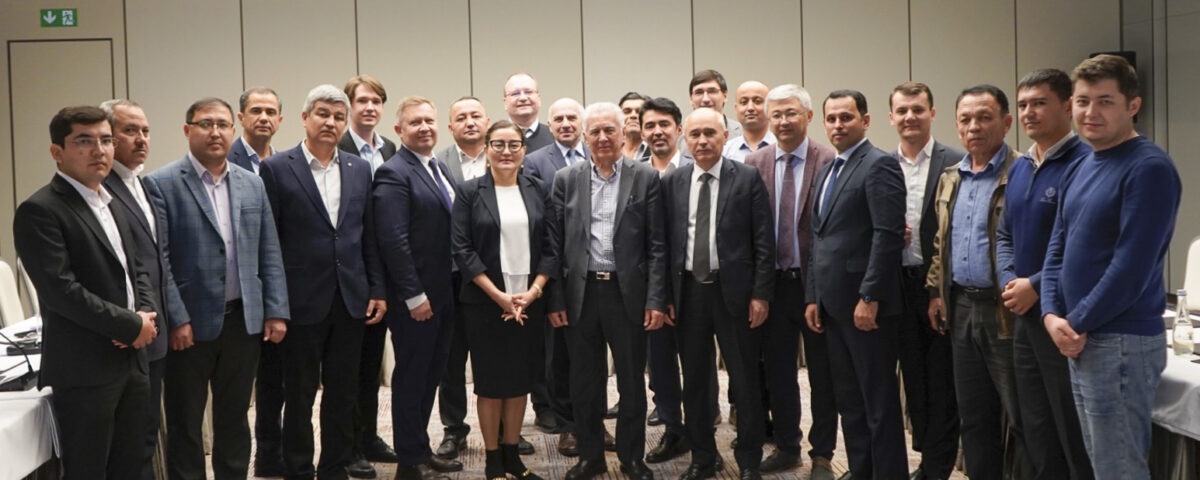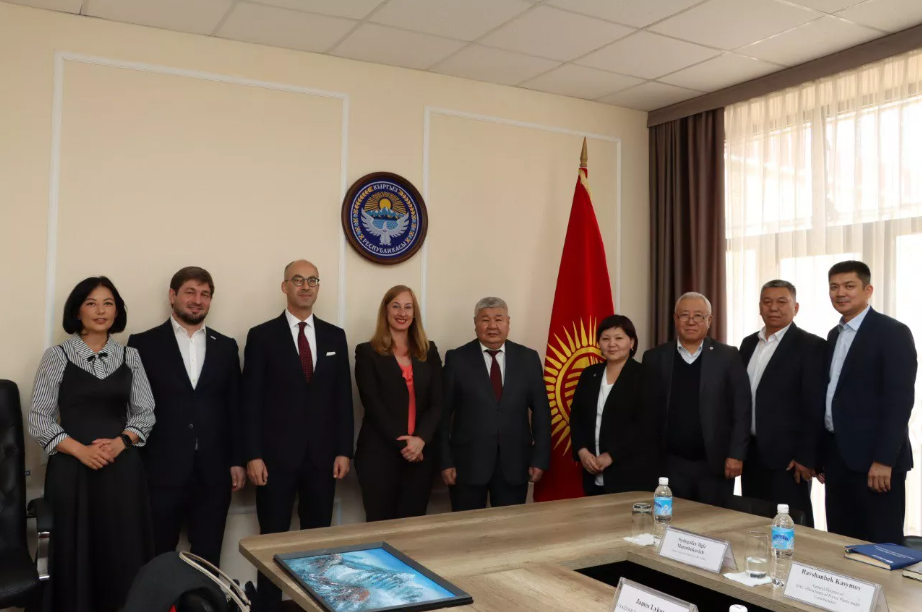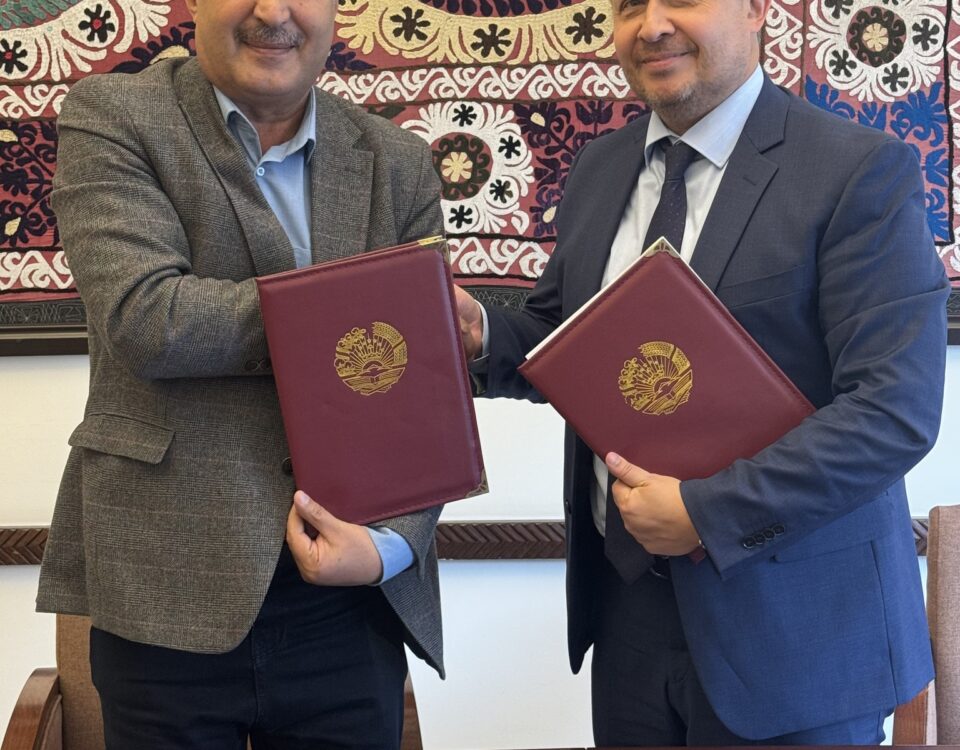
USAID participated in the V International Forum for Energy Saving

The International Forum on attracting foreign investment in the energy sector of Turkmenistan will be held in Paris
USAID hosted a renewable energy workshop in Tashkent
Did you know power engineers globally use modeling tools to simulate energy systems and predict the impact of new factors, like integrating renewable sources? USAID’s Power Central Asia team applies these methods in Uzbekistan, studying the introduction of renewable energy from water, sun, and wind and how it might impact the power grid.
At a recent renewable energy workshop in Tashkent, the team presented the results of studies conducted, and key documents developed to support the national energy sector, such as the Renewable Energy Guide, recommendations to the Grid Code, a newly developed first-in-the-country modern educational curriculum on green hydrogen, and more. Deputy Minister of Energy, Umid Mamadaminov, opened the event, joined by more than 30 energy professionals representing various energy sector companies, utilities and professors.
USAID’s Director of the Economic Growth and Environment Office, Mr. Kail Padgitt, reiterated USAID’s commitment to supporting Central Asian states in sustainable development.
“Earlier this year, the heads of all five Central Asian countries and the United States signed a joint statement highlighting our shared objectives, including improving energy security and combatting the impacts of climate change. By doing so, we aim to enhance energy security and reduce our carbon footprint, contributing to a healthier planet for future generations,” Mr. Kail Padgitt said.
Похожие
On November 20, 2024, Sara Werth, the new USAID Mission Director to the Kyrgyz Republic, met with Taalaibek Ibraev, the Minister of Energy of the Kyrgyz Republic
Подробнее - On November 20, 2024, Sara Werth, the new USAID Mission Director to the Kyrgyz Republic, met with Taalaibek Ibraev, the Minister of Energy of the Kyrgyz Republic




